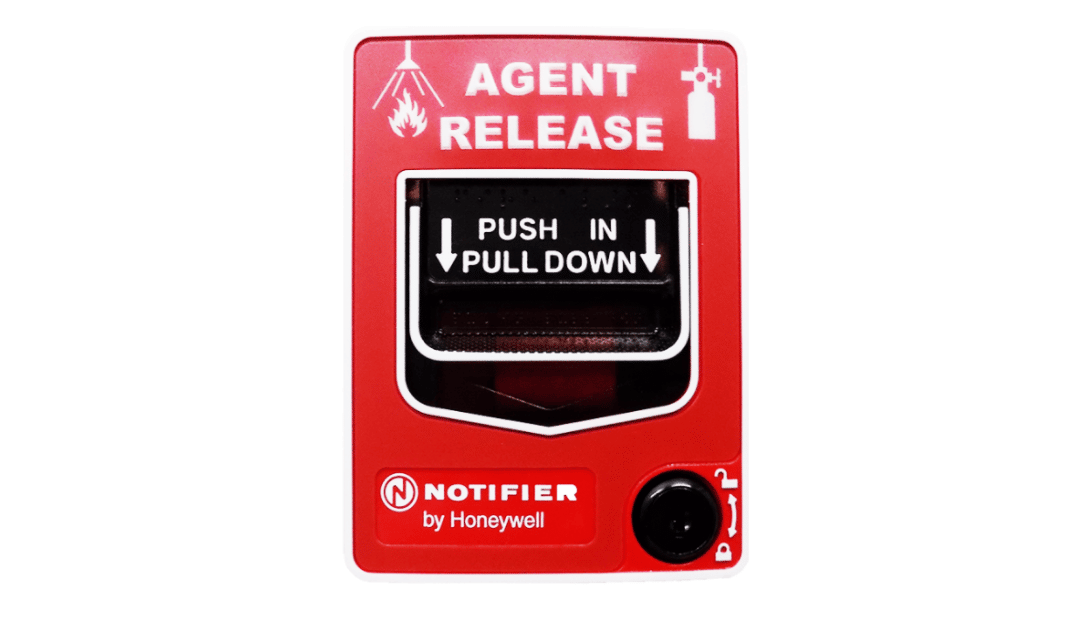Fires are a very real and dangerous threat to any workplace. While manufacturing and industrial facilities see higher rates of workplace fires, any industry can experience a fire in the workplace. The best way to keep your employees safe and protected from fire hazards is to provide quality workplace fire safety training. After all, the best kind of fire protection is fire prevention.
If your employees know how to identify potential fire hazards, implement regular fire prevention practices, and can respond calmly and effectively in the event of a fire, you can guarantee a greater level of safety for your entire team. If you’re looking into workplace fire safety training options for your company or businesses, here are the 4 basic components of workplace fire safety training.
01. Recognizing Fire Hazards
The most important component of any workplace fire safety training is teaching employees how to identify potential hazards. All fires need three key components to ignite:
- Heat – a source of ignition
- Fuel – anything flammable
- Oxygen – what sustains the fire
When all three of these properties are present, a fire can start and continue to burn. Preventing a fire starts by keeping these sources of ignition and fuel apart. If employees can recognize a situation where these three components are present and close together, they can prevent a fire from starting in the first place.
Even a basic workplace fire safety training course should first teach employees to recognize the fundamental fire-starting components. Once they can identify hazards where a source of fuel and a source of ignition are close together they’ll be better prepared to both prevent and respond to a fire.
02. What To Do If There’s a Fire In The Workplace
The next component of basic workplace fire safety training is helping employees understand what to do if they’re the first to see a fire in the workplace.
Employees should be educated on their workplace’s specific chain of communication and taught how to activate their fire alarm and fire suppression systems, if necessary. At a minimum, employees should know that if they see a fire, they should:
- Activate the fire alarm
- Call 911
Most workplaces use simple pull fire alarms that are straightforward to activate and are monitored by a third party central station. If your workplace uses a different type of fire alarm, teach employees how to activate it properly, then to call 911 as soon as the alarm has been pulled.
03. Responding Properly in the Event of a Fire
Outside of sounding the alarm, how should employees respond in the event of a fire? Every workplace has different safety requirements, safety procedures, and evacuation plans. Your workplace fire safety training should cover each of these according to your unique procedures. Even a basic workplace fire safety training refresher course should cover:
- The company emergency evacuation plan
- Each worker’s role in the plan
- How to leave the building
- How and why to close each door behind them as they evacuate
- Where to regroup
- What to do if they encounter heat or smoke when leaving the building
By covering each of these procedures thoroughly in your regular workplace fire safety training program, you can ensure your employees are as prepared as possible. While no one wants to imagine a fire happening in the building, it’s important that everyone understands what to do in case it does.
04. Using Fire Extinguishers
The final component of workplace fire safety training should be fire extinguisher education. If your workplace has small portable fire extinguishers installed, it’s important to teach employees how to use a fire extinguisher properly. It’s always best to consider a professional fire extinguisher education and training program. These programs are taught by professionals who can provide both in-classroom and hands-on training according to the specific types of fire extinguishers installed at your workplace.
Outside of a formal training program, it’s also important to remind your team that employees without training should not use portable fire extinguishers.
For those who are trained to use portable fire extinguishers, be sure to remind them of the limitations of these smaller tools.
- Portable fire extinguishers are designed to fight smaller, contained fires — the size of a wastebasket.
- If an employee cannot extinguish a fire after 30 seconds, they should stop, shut the door, and escape to safety.
Understanding when to walk away from a fire is just as important as knowing how to fight one. By investing in a professional fire extinguisher education and training program, and by refreshing what your employees learn in that course with regular fire drills and refresher courses, you’ll be setting your team up to respond to a fire event calmly, safely, and effectively.
If you have more questions about quality workplace fire safety training, let the team at Vanguard Fire & Security know. And remember — October is Fire Safety Month! If your team hasn’t completed fire safety training in some time, now is the time to get it on the calendar. For comprehensive fire extinguisher training, you can’t beat Vanguard Fire & Security’s hands-on course. Contact our team online or give us a call at 800-444-8719 for more information.


